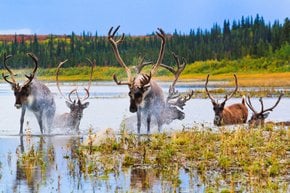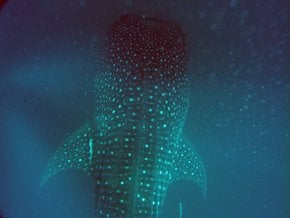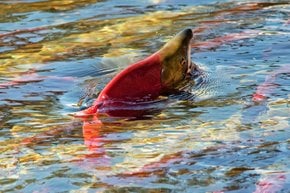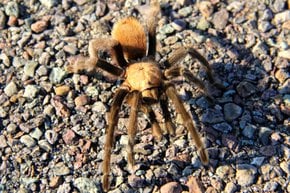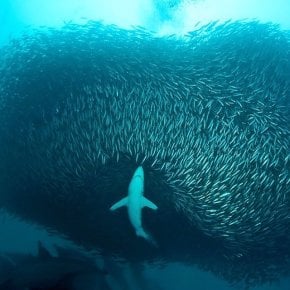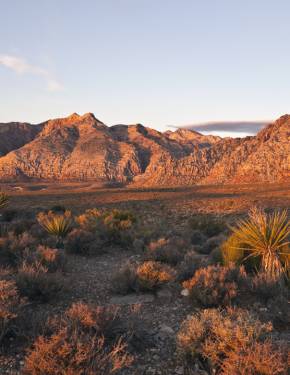Monarch Butterfly Migration in Los Angeles 2025-2026
Explore the incredible butterfly wintering grounds, just a short drive from Los Angeles
Best time: mid-October–early February
The monarch migration is one of California's most spectacular natural phenomena. Monarchs, or Danaus plexippus, journey through numerous states on their annual migration from north to south, but the eucalyptus groves of the Central California Coast are their final destination. Here, they spend about four months taking advantage of the region's mild winter climate.
The Best Season to See Monarch Butterflies in Los Angeles
Each year, from October through early March, monarch butterflies migrate to Central and Southern California, traveling from areas west of the Rocky Mountains and south of Oregon and Idaho. The monarchs typically arrive in California by mid-October and remain until February. During this period, several butterfly sanctuaries are accessible within a short drive from Los Angeles. The best time to witness these magnificent butterflies in the Los Angeles area is from mid-October to early February.
Key Viewing Sanctuaries
Monarch butterflies make their way to coastal locations such as San Diego, Orange County, Santa Barbara, Monterey, and Santa Cruz, where they form large clusters in the groves. The Goleta's Butterfly Grove near Santa Barbara and Pismo Beach Butterfly Grove are the nearest butterfly sanctuaries to Los Angeles. You can easily reach both sites by car. Both sites provide visitors with opportunities to observe the beautiful monarch butterflies and witness their migration.
Goleta’s Butterfly Grove
Just a 1.5-hour drive from Los Angeles, Goleta’s Butterfly Grove near Santa Barbara is a must-visit destination during the monarch migration. Over 100,000 monarch butterflies migrate to this region to escape the winter chill. The Goleta Butterfly Preserve, a 78-acre grove and windrow habitat on the north side of the mesa, is an excellent spot to experience this migration firsthand. The sanctuary features a mix of pine and eucalyptus trees, with the Ellwood Main Monarch Grove being the prime location for viewing the butterflies. On colder days, with temperatures below 55 °F (14 °C), you can see butterflies clustered on the trees, while warmer weather encourages them to take flight. The butterfly trail also leads to the picturesque Ellwood Beach, where you can enjoy stunning ocean views.
Open Hours & Admission
Ellwood Mesa, a 230-acre open space with 10 miles of trails, includes the Goleta Butterfly Preserve and offers public beach access. The preserve opens at sunrise and closes at sunset. Admission is free, though donations are welcomed to support the site's preservation and the docents who lead tours every Saturday and Sunday from 11 a.m. to 2 p.m. during the migration. Free parking is available.
Pismo Beach Butterfly Grove
About 2.5 hours from Los Angeles, you’ll find Pismo Beach Butterfly Grove, a prominent wintering site for monarch butterflies. The Pismo Beach Monarch Butterfly Grove is one of only five sites in the state that has counts of over 10,000 butterflies annually. Known for hosting one of the largest monarch congregations in California, this grove is a breathtaking destination where thousands of butterflies can be seen gathering nectar during the day or resting on the trees when it’s too cold to fly. The sanctuary is accessible from the North Beach Campground. After your visit, consider stopping by the Pismo Beach Pier to enjoy some stunning ocean views.
Hours & Admission
The Pismo State Beach Monarch Grove is open to the public daily from sunrise to sunset, and admission is free. Please note that inclement weather may impact these hours.
California Locations
In addition to Pismo Beach and Pacific Grove, other notable California locations known for their impressive monarch gatherings include Natural Bridges State Beach in Santa Cruz, Fiscalini Ranch Preserve in Cambria, Santa Barbara Land Trust's Coronado Butterfly Preserve, and Goleta's Ellwood Mesa Open Space. Monarchs have also been seen at Bodega Dunes Campground in Bodega Bay and Point Mugu State Park in Ventura County.
Migration Process
Monarch butterflies winter along the central California coast by roosting in eucalyptus trees, where they cluster together to conserve energy and stay warm. The eucalyptus protects from predators and harsh winds, while the clustering helps retain heat. During the day, the butterflies feed on nectar from flowers to build up energy for the colder nights. This strategy enables them to survive the winter months.
Safety & Viewing Tips
Visitors cannot touch or hold monarch butterflies while visiting sanctuaries due to their protected status. Sanctuaries promote a stress-free environment and encourage visitors to observe these beautiful creatures from a distance. Guides are available to offer insight into the monarch butterfly migration and their winter habitat. Monarch butterflies remain inactive if the temperature drops below 57 °F (14 °C) or on cloudy days. When weather conditions are favorable, they typically begin to fly during the warmest part of the day, usually between noon and 3 pm.
Monarchs Migration Map
Despite the season, it's always better to track monarch butterflies by using migration maps such as the National Wildlife Federation Monarch Butterfly Map and the Journey North Monarch Butterfly Migration Map.





















